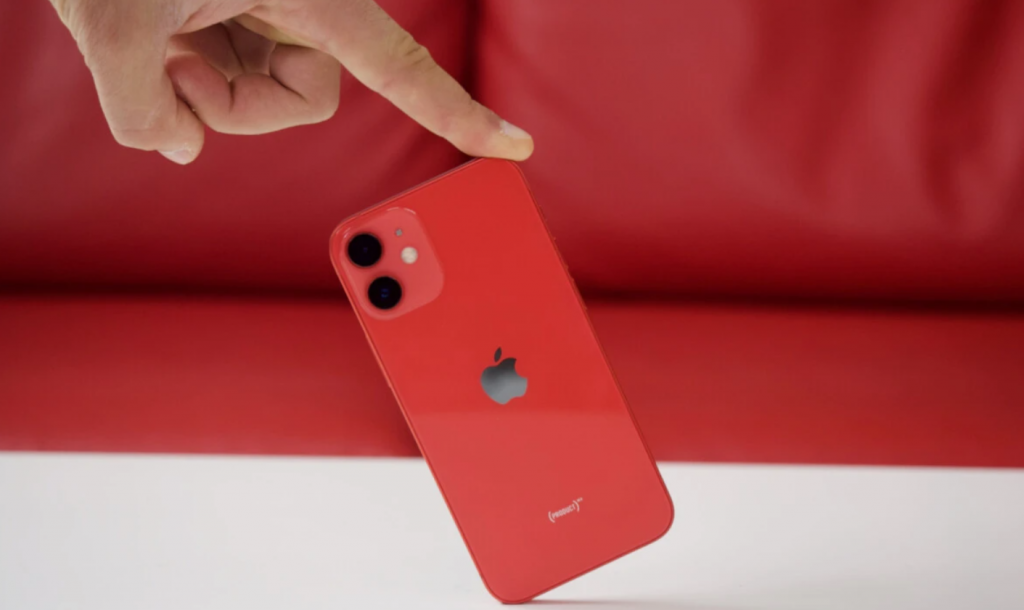
Apple decided to produce a mini version of the 5G enabled iPhone 12 series this year. With a 5.4-inch display, the iPhone 12 mini is for those who would prefer not having to jam a larger phone in their pocket, or for those who would rather be able to tap the top corners of their phone’s screen without having to do finger based calisthenics. And don’t forget that the lower price of the iPhone 12 mini ($699 and up) makes it more affordable for those who don’t want to spend so much money on a phone during a pandemic.
But there are some drawbacks to owning the iPhone 12 mini. One of the most obvious is the smaller battery capacity at 2227mAh. Overall, it doesn’t appear as though consumers are interested in owning a downsized 5G iPhone. According to MyDrivers, the iPhone 12 mini is the worst-selling model among the four iPhone 12 variants. The other three are the iPhone 12, iPhone 12 Pro and the iPhone 12 Pro Max. The iPhone 12 mini’s global sales account for only 6% of the total revenue generated by the 2020 iPhone models. As a result, there is speculation from U.S. securities firm J.P. Morgan that Apple could stop production of the iPhone 12 mini by the second quarter.
William Yang, Morgan’s supply chain analyst, recently cut his production estimates of the iPhone 12 and iPhone 12 mini by 9 million and 11 million units respectively. Other analysts now expect Apple to hike production of the largest phone in the iPhone 12 series, the iPhone 12 Pro Max, by 11 million units. That version carries a 6.7-inch display and a battery weighing in at 3687mAh.
Even with the poor sales, Apple is still expected to release four new phones later this year. The report says that the tech giant might have to come up some “optimizations” to improve the performance and thus the sales of a smaller-screened iPhone model for 2021. Apple might have to figure out how it can improve the battery life of its smaller-screened iPhone without increasing the size of the device.
























